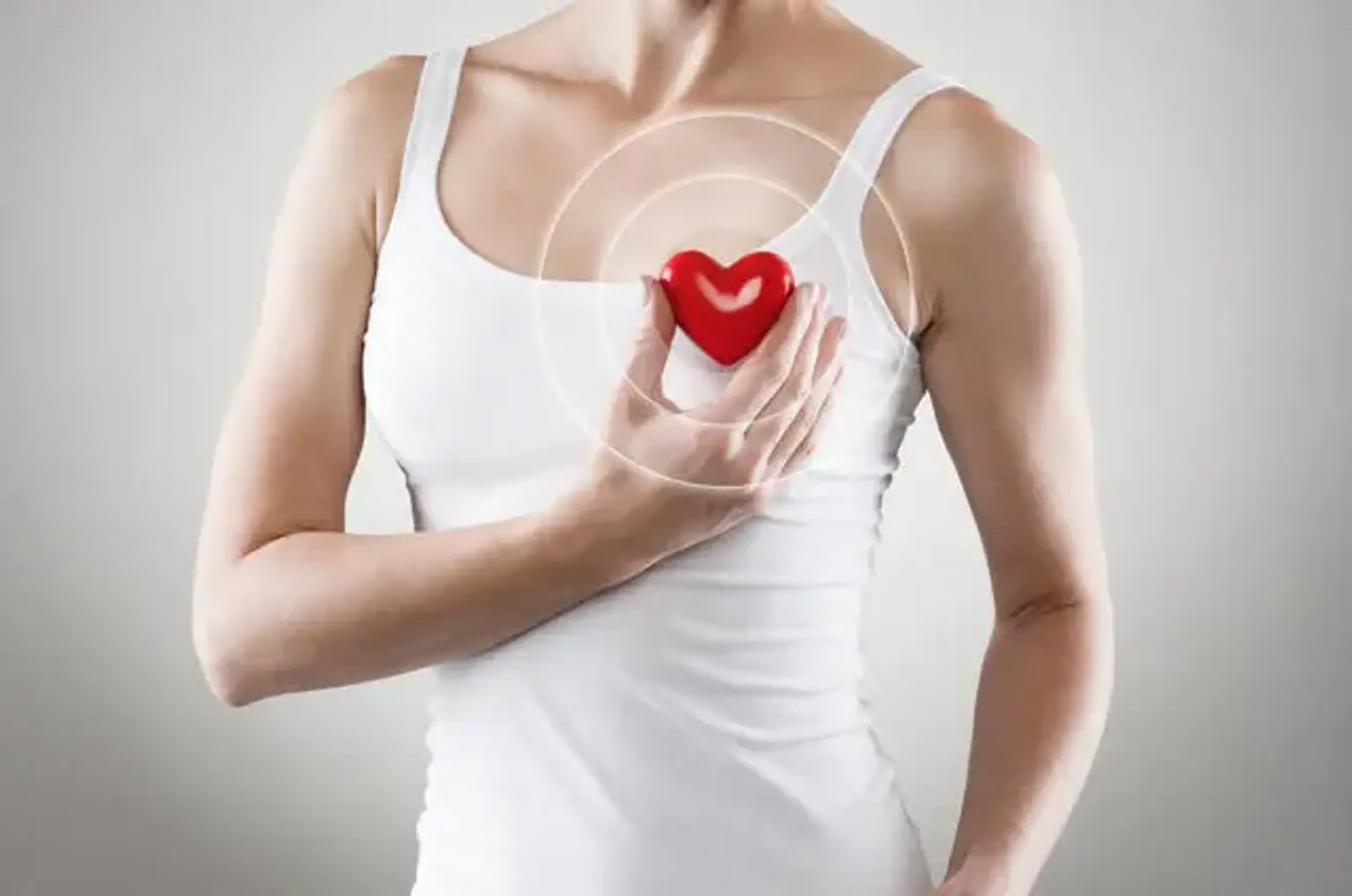Palpitations are characterized as fast pulsations or unusually quick or irregular heartbeats. They are frequently characterized as a skipped beat, fast fluttering in the chest, or a flip-flopping sensation in the chest. Palpitations are a frequent, nonspecific symptom that can be either a symptom or a diagnosis. While the cause of palpitations is typically harmless, there are several underlying life-threatening diseases that can induce palpitations.
Palpitations were noted by around 16% of individuals who saw their primary care physician. Palpitations are asymptomatic and can be either a symptom or a diagnosis. While palpitations are usually harmless, they might be a symptom of a life-threatening illness.
The heart normally beats 60 to 100 times per minute. People who exercise often or use heart-slowing medications may experience a reduction in heart rate below 60 beats per minute.
Tachycardia occurs when your heart rate is too rapid (more than 100 beats per minute). A heart rate slower than 60 beats per minute is referred to as bradycardia. Extrasystole is the term used to describe an occasional additional heartbeat that is out of rhythm.
Most of the time, palpitations are not serious. Symptoms of an abnormal cardiac rhythm (arrhythmia) may be more dangerous.
